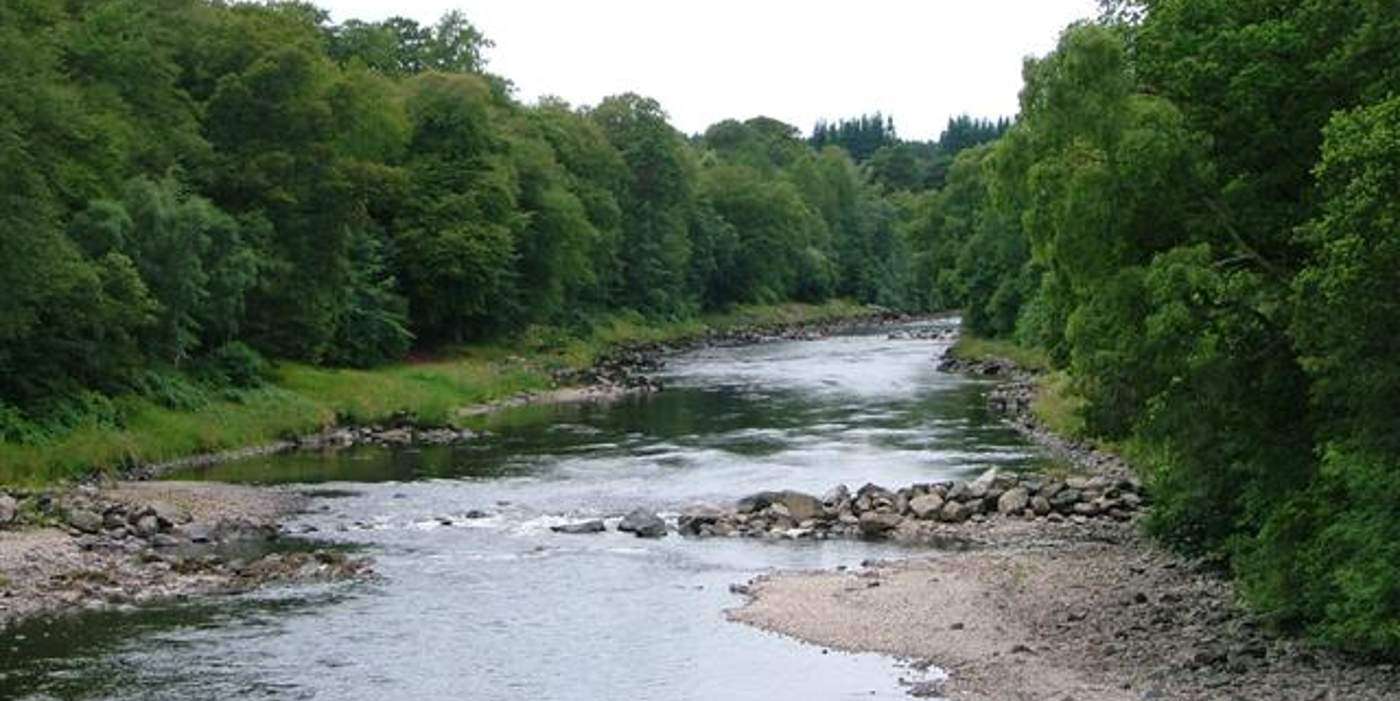Ancient Shard of Bone Said to Be From St Valentine's Finger On Display at Medieval Church
In the church of St John the Baptist in Coventry, England, romantics over Valentine's Day weekend have been flocking to see actual finger of St. Valentine.

With salmon spawning rivers in Scotland reaching record temperatures, the country has launched a mass native tree-planting campaign to cloak the shallows in shade in order to protect the frigid waters the salmon prefer.
Last spawning season for at least one day, the water temperatures in 70% of the spawning grounds were recorded as "too high" for salmon eggs to survive. But freshwater biologists discovered that only 30% of the riverine mileage had adequate tree cover to keep water temperatures cool throughout the day.
There are a total of 64,000 miles (103,000 km) of salmon river habitat in Scotland, and the tree planting is hoped to increase the overall biodiversity of insect, bird, and plant life along them.
The tree nurseries include aspen, willow, hawthorn, Scots pine, native rowan, juniper, and birch, and will start with 250,000 individuals and grow to more than a million. The areas are to be fenced off to prevent them being eaten by deer.
The angling season just started for salmon along rivers like the Dee, in Aberdeenshire, near Cairngorms National Park. Deeside is one of the world's most famous salmon fishing rivers, and it's estimated to provide between £5-6 million ($7-8 million) annually to the local communities.
"We need more people fishing, not just women and children," local angler Cameron Stewart told the Guardian. "We gain so much from it. Just being outside and being in the wild. Even if you don't catch anything, you come back from the day fulfilled."
The River Dee is not the first river to feature these tree planting programs to create shade. Fishery boards across the country have experimented with shade tree planting and seen benefits in biodiversity.
CONSERVE the Good News; Swim This Story Over to Friends…
Be the first to comment